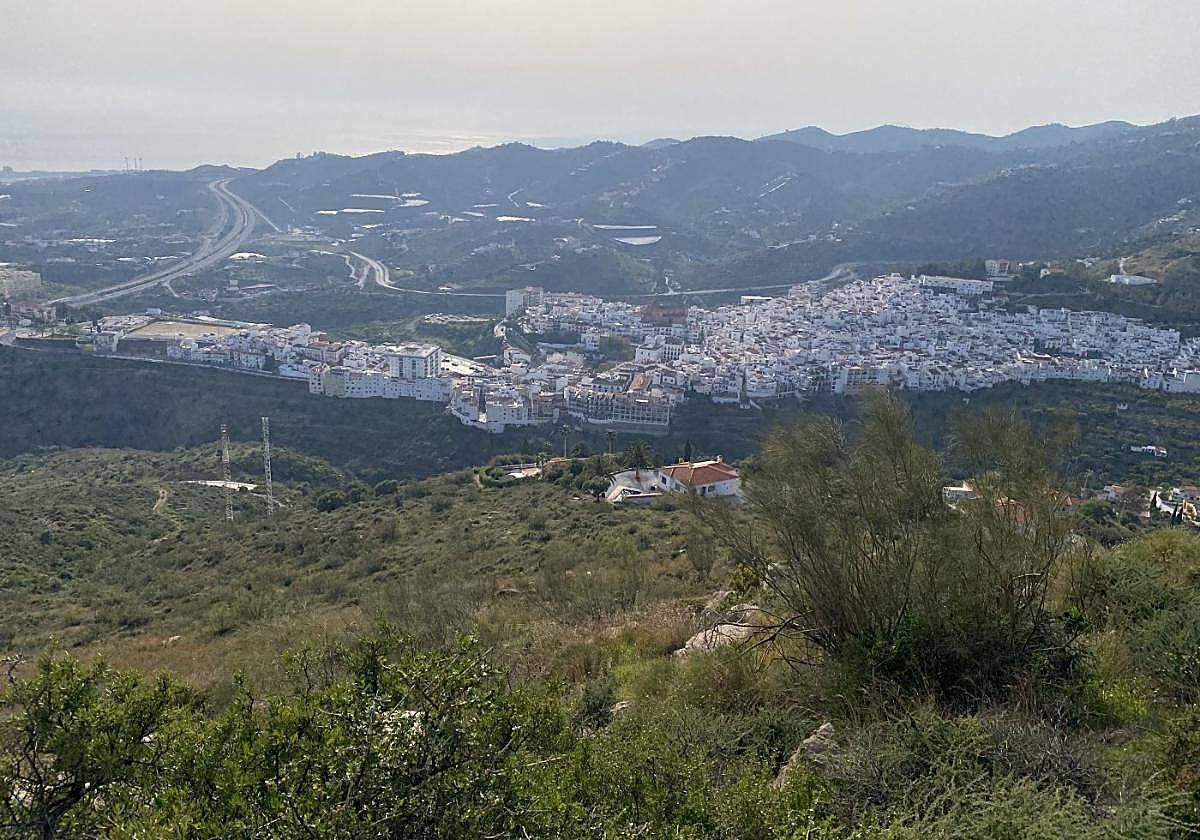Torrox: A tower of strength
The name of the Axarquía town comes from the Arabic 'turrus' which was commonly used throughout Andalucía
Eugenio Cabezas
Viernes, 24 de marzo 2023
The town of Torrox in the Axarquía claims to have the 'Best Climate in Europe'; a slogan launched in the 1980s that is still very much alive and well.
Divided into two parts, Torrox pueblo and Torrox Costa, it is home to the largest population of German residents on mainland Spain, with more than 1,800 of its almost 20,000 registered residents.
Although there are remains dating back to Roman times, including the Caviclum villa, located in the area around the lighthouse, the origins of the town's name, however, date back to Spain's Muslim period.
According to local historian Purificación Ruiz, the name Torrox comes from 'turrus'; a word that was commonly used in Andalucía which refers to the existence of a strong tower.
"The name may come from the primitive Nasrid tower that occupied the high castle of Torrox, which was later completed with the construction of the castle at the beginning of the 16th century," explains Ruiz, who worked as an archivist in Vélez-Málaga until her retirement.
The coastal village of El Morche, which belongs to Torrox, gets its name from the Arabic 'Al-Muruy', which is phonetically pronounced Muruche, plural of Al Mary and roughly translates as 'the plains', according to the historian.
Another name is Periana, not to be confused with the village of the same name, but a farmhouse in Torrox that was abandoned during the Arabic period and whose suffix comes from 'ayna', which in Arabic means fountain.
"I understand that in the beginning it was transcribed into Spanish as 'fonte alegre [happy fountain]' and, given that most of its territory was and is today a hilly area, it ended up being called 'Montealegre', a name that it still has today", says the researcher.
Güi is another of Torrox's enclaves highlighted by this historian. In her opinion, it comes from the Arabic 'oued', which means river.
"It is very likely that it was originally called 'Oued Al Algarb', as the ravine through which its waters flow was called 'Handac Al Algarb'; the western ravine," she says.
Nasrid period
Almedina is another area that is important in Torrox. "It is the centre of the town, of the village.
Today it is a neighbourhood annexed to Torrox, which was the early town, at least dating back to the Nasrid period, which had already been destroyed by the time of the Reconquista. It was rebuilt again and still exists," Ruiz highlights.
Alhaguer-El Barrio is for Ruiz the birthplace of the present-day Torrox, which was built under the protection of the tower and the walls that encircled it, of which there are no visible remains.
Al Handac, later known by the Castilians as Alhandaga, Al Handiga then Alfandigas is a place made up of two small villages in what is now Barranco Plano, but very close to Torrox.
"It was also abandoned when the three nuclei were moved inside the walls of Alhaguer. By the mid-16th century, both Almedina and Al Handac, the Barranco were totally destroyed," she notes.
Lautín was a town that was also abandoned as was Periana after the Islamic rebellion. Caviclum, Castillo Bajo, El Faro and Conejito, on the coast, "were all one and the same place," says Ruiz.
"The first because of the late Roman villa that stood there, the second because of the castle that Ferdinand and Isabel ordered to be built on the same site.
The lighthouse was built in 1864, first with gas and then electric in 1905, and Conejito, because of the inn that was built at the junction of the two new roads; the N-340 Malaga to Almeria and its fork to Torrox in the 1870s," she explains.
Finally, Ruiz points out that Torrox has a number of rural areas with names of Arabic origin, but which did not form a town.
She lists by way of conclusion, "Cajauja, today Cajagua; Cala Alhaja, today Carlaja; Handacámara, today el Manzano; Alcudaya, today Alcoalla; Al Calaceití, today Calaceite; Al Cana, Al Bujite, Al Gofre, el Mascuñar, el Melí... and they are not the only ones."
